Droplet Formation In Microfluidic Device CFD Simulation, ANSYS Fluent Training
Droplet Formation In Microfluidic Device CFD Simulation, ANSYS Fluent Training
- Upon ordering this product, you will be provided with a geometry file, a mesh file, and an in-depth Training Video that offers a step-by-step training on the simulation process.
- For any more inquiries regarding the product, please do not hesitate to reach out to us at info@CFDLAND.com or through our online support assistant.
€220 Original price was: €220.€135Current price is: €135.
This report shows how we used computational fluid dynamics (CFD) to study droplet formation in a cross-shaped microfluidic device. Microfluidic devices are tiny channels where liquids flow and mix in very controlled ways. They are super important in making medicine, doing biology tests, and creating new materials. In our study, we used ANSYS Fluent to run a multiphase flow simulation that shows how droplets form when two liquids that don’t mix (like oil and water) meet at a junction. We used the Volume of Fluid (VOF) method to track how the interface between the two fluids changes over time. The continuous phase flows through the main channel while the dispersed phase comes in from the side, creating droplets because of interfacial tension and shear forces. This kind of microfluidic simulation helps scientists design better devices for tasks like drug delivery, chemical reactions, and lab-on-a-chip applications. Our work follows the methods from a paper called “Mixing Efficiency Analysis on Droplet Formation Process in Microchannels by Numerical Methods.”
- Reference [1]: Qian, Jin-yuan, et al. “Mixing efficiency analysis on droplet formation process in microchannels by numerical methods.” Processes1 (2019): 33.

Figure 1: Schematic diagram of the microchannel
Simulation Process
The cross-shaped junction is primarily designed using Design Modeler. Then, a structured grid discretized the computational domain into X distinct cells. The simulation is executed using the Volume Of Fluid (VOF) approach. The VOF Multiphase approach can accurately conduct liquid-liquid two-phase flow in microchannels and is capable of transient tracking on the liquid-liquid/gas interface.
Post-processing
The image shows the oil volume fraction in our T-junction pipe system. The color scale on the left goes from blue (0.000) to red (0.980), where red means almost pure oil and blue means no oil at all. We can see that the horizontal pipe on the left side is filled mostly with oil (red color), while the vertical pipes at the top and bottom are mostly filled with water (blue color). This happens because oil and water don’t mix well, and oil is lighter than water, so it tends to flow horizontally rather than dropping down.
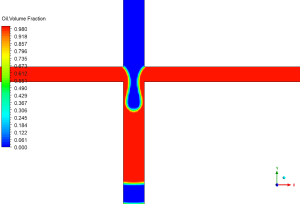
Figure 2: Oil volume fraction distribution in the T-junction pipe configuration
At the junction point where the pipes meet, there are some interesting things happening. We can see small patches of blue in the red horizontal section and some red sections in the mostly blue vertical pipe. This shows that some mixing is happening right at the junction. The animation (which will be added later) shows how the oil and water interface changes over time. The flow pattern is what engineers call “stratified flow” in the horizontal section, where oil stays on top of water because it’s lighter. In the vertical sections, we see more of a “slug flow” pattern where chunks of oil move through the water. This kind of information is super helpful for designing better pipeline systems that can handle two-phase flows without problems like pressure buildup or pipe damage.
We pride ourselves on presenting unique products at CFDLAND. We stand out for our scientific rigor and validity. Our products are not based on guesswork or theoretical assumptions like many others. Instead, most of our products are validated using experimental or numerical data from valued scientific journals. Even if direct validation isn’t possible, we build our models and assumptions on the latest research, typically using reference articles to approximate reality.
Yes, we’ll be here . If you have trouble loading files, having technical problems, or have any questions about how to use our products, our technical support team is here to help.
You can load geometry and mesh files, as well as case and data files, using any version of ANSYS Fluent.
€235 Original price was: €235.€175Current price is: €175.

€310 Original price was: €310.€175Current price is: €175.

€240 Original price was: €240.€155Current price is: €155.

€195 Original price was: €195.€135Current price is: €135.

€210 Original price was: €210.€155Current price is: €155.

€245 Original price was: €245.€199Current price is: €199.












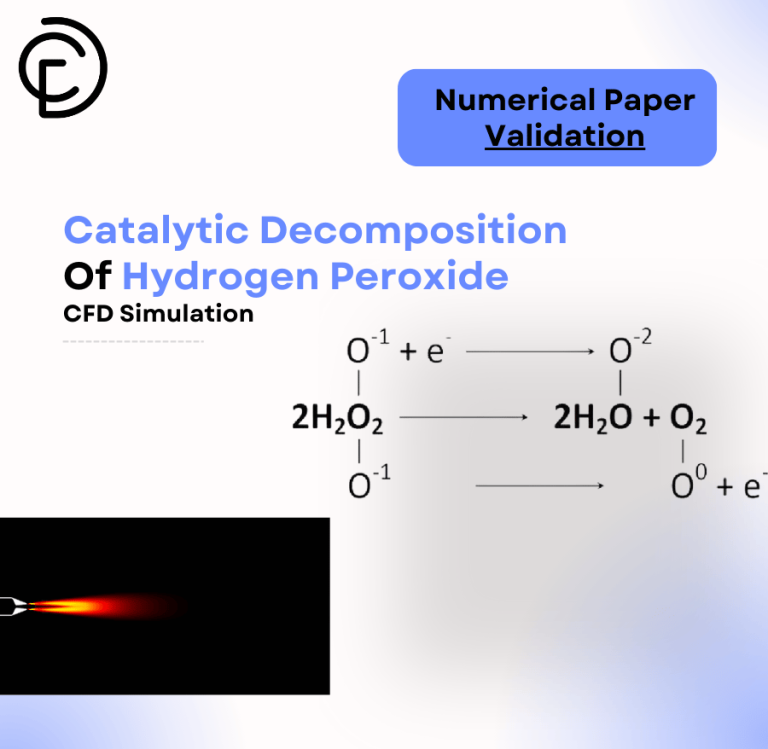
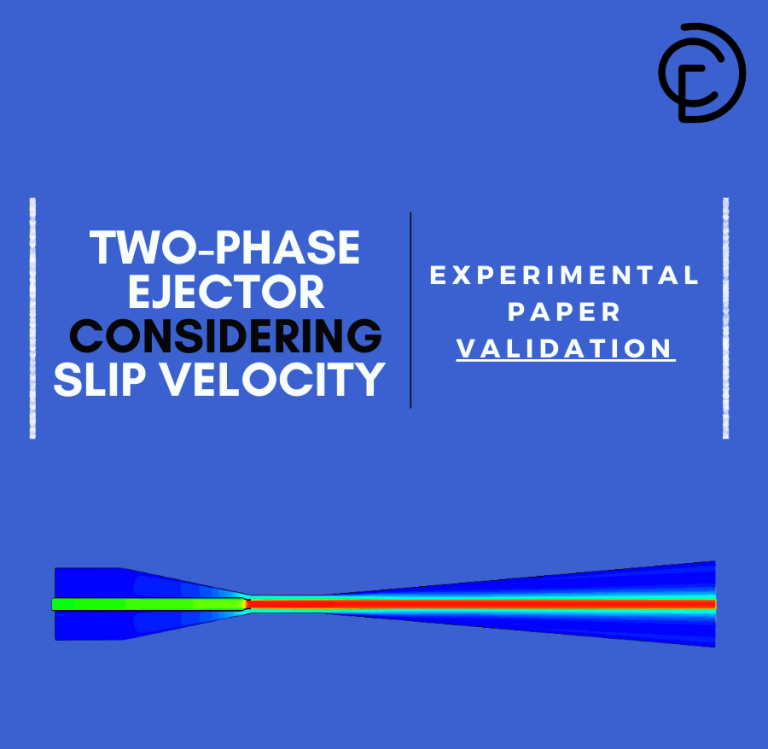
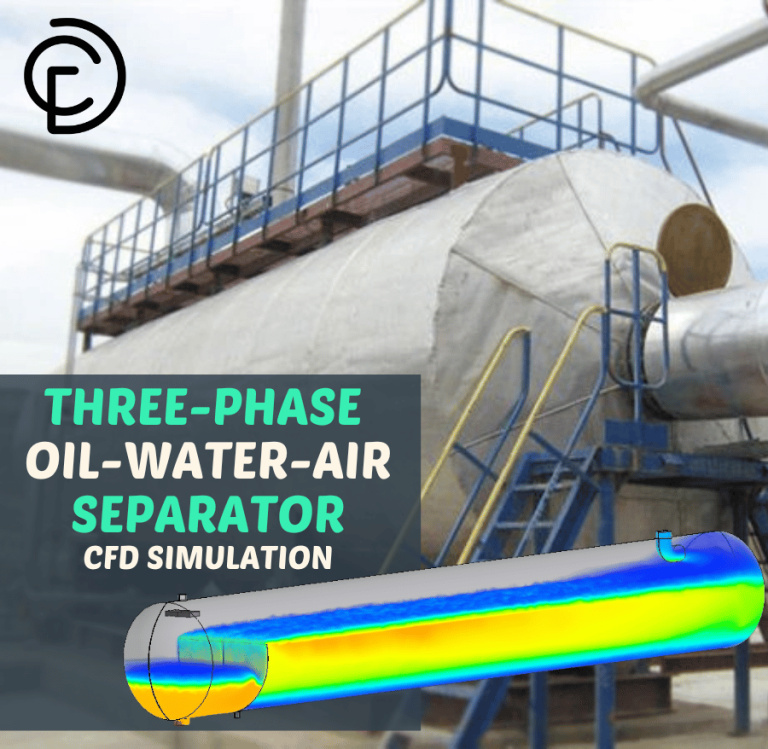
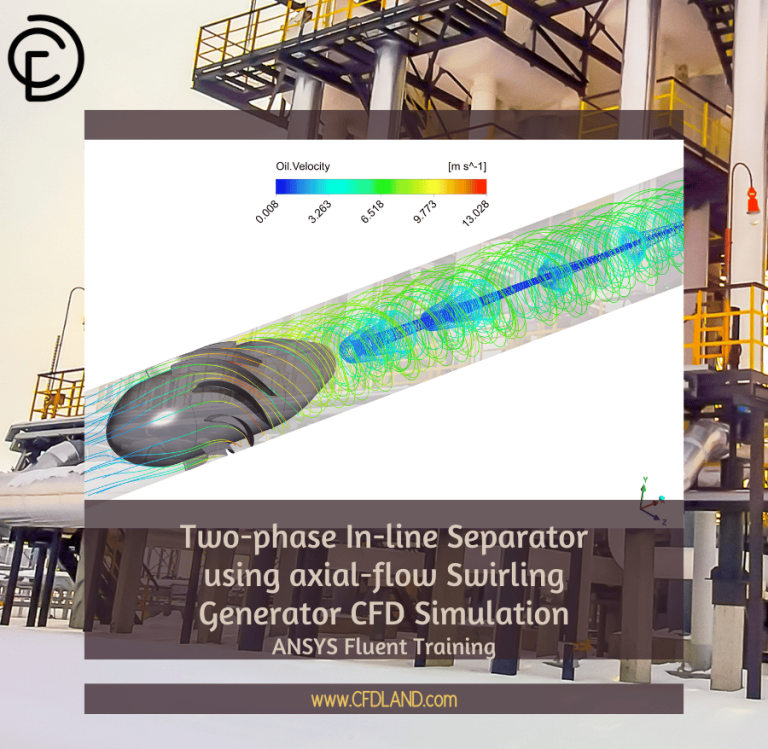
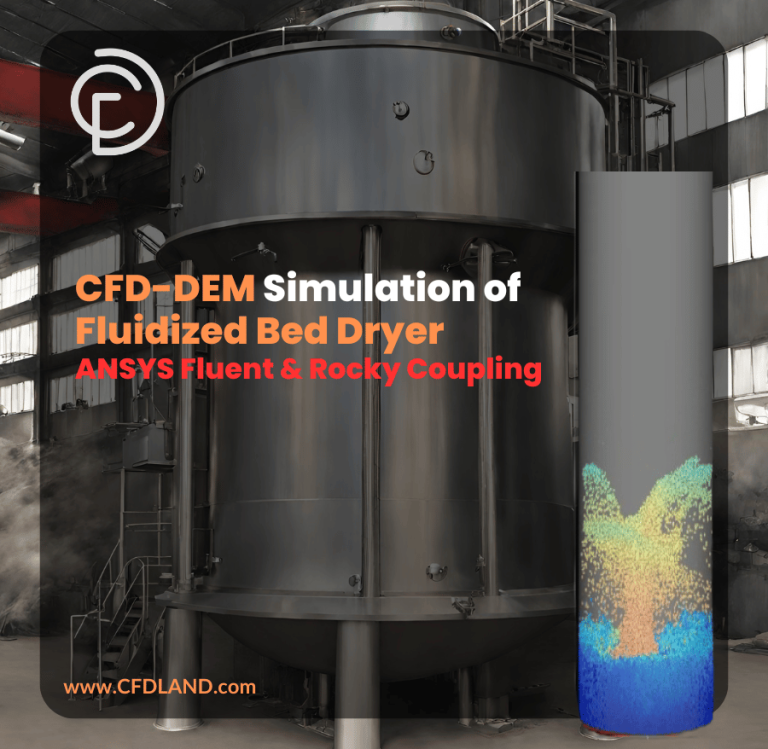
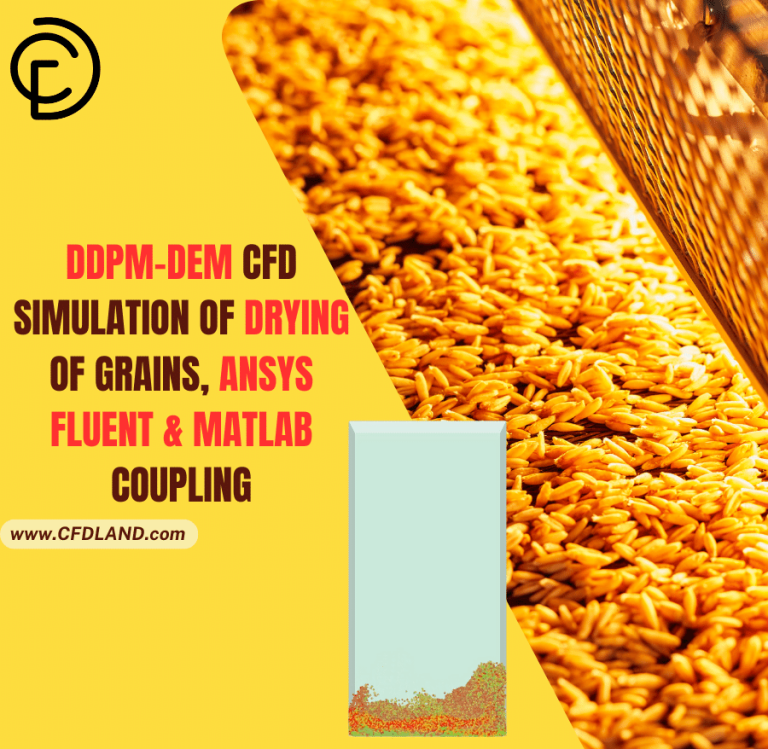
Reviews
There are no reviews yet.